
A few suggestions to get the holiday planning process started
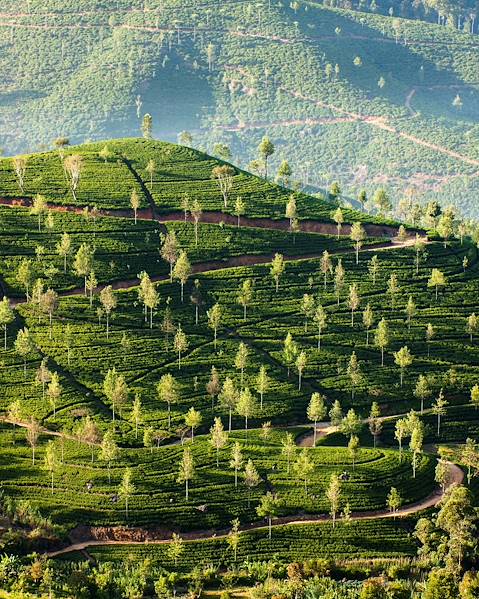
Explore the tranquillity of the lush paddy fields.
15 days, from £2,625 to £4,190

From Buddhas to banana boats, your children can explore Colombo by sea
14 days, from £2,735 to £3,840
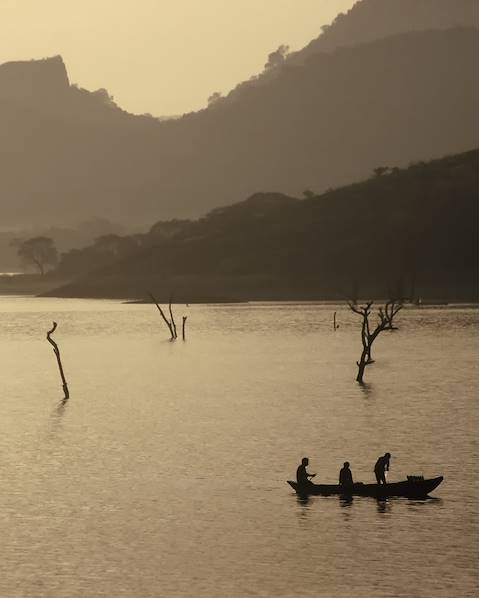
Enrol the children on the Young Rangers course at Wilpattu National Park.
15 days, from £2,755 to £4,395
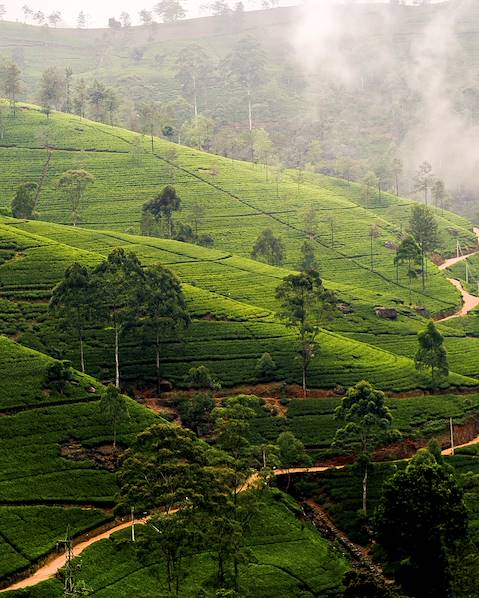
Enrol the children on the Young Rangers course at Wilpattu National Park
13 days, from £2,880 to £4,595
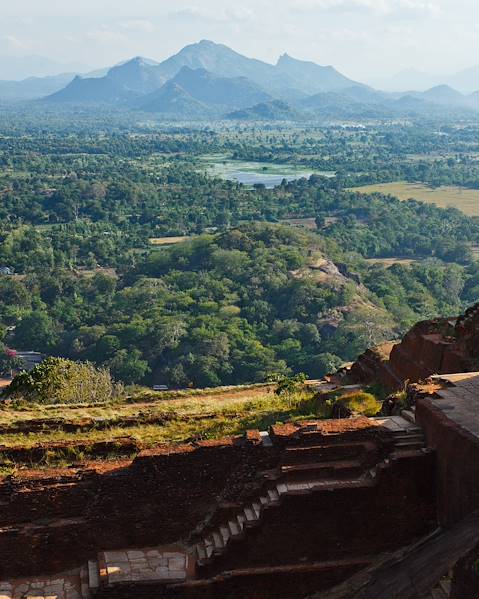
Delve into the island’s historical heritage with visits to ancient royal capitals and sacred Buddhist sites
10 days, from £2,880 to £3,900

See the ancient Tonigala rock inscriptions
15 days, from £3,275 to £5,225
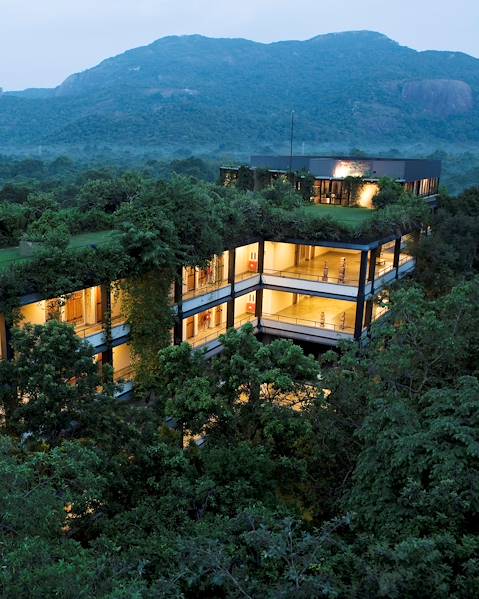
Discover the Cultural Triangle: a historic quartet of the nation’s most emblematic heritage sites
10 days, from £3,600 to £4,900
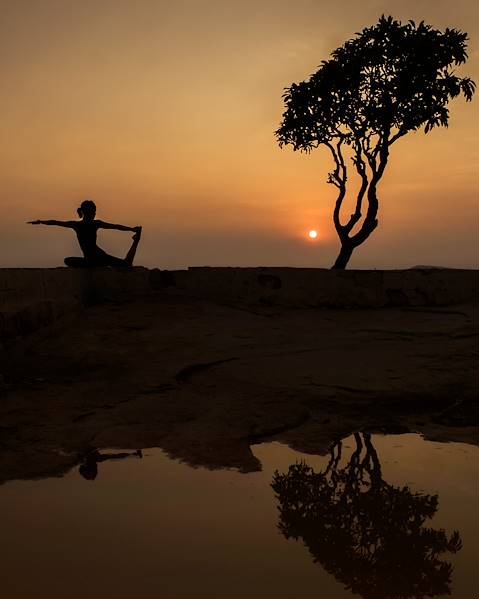
Realign your mind and body while reconnecting with nature in the misty mountains of Sri Lanka
9 days, from £3,690 to £5,100

Two island nations in one honeymoon: Sri Lanka's artistic heritage and heaven on earth in the Maldives
11 days, from £3,695 to £5,180
Practical advice and inspiration to help you prepare for your holiday
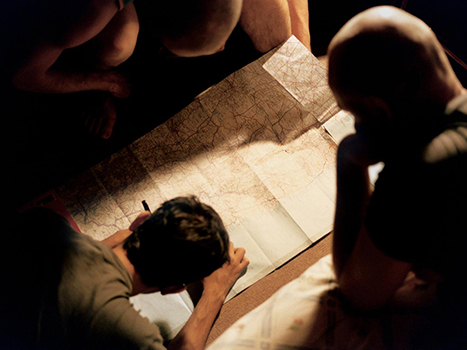
Practical guide
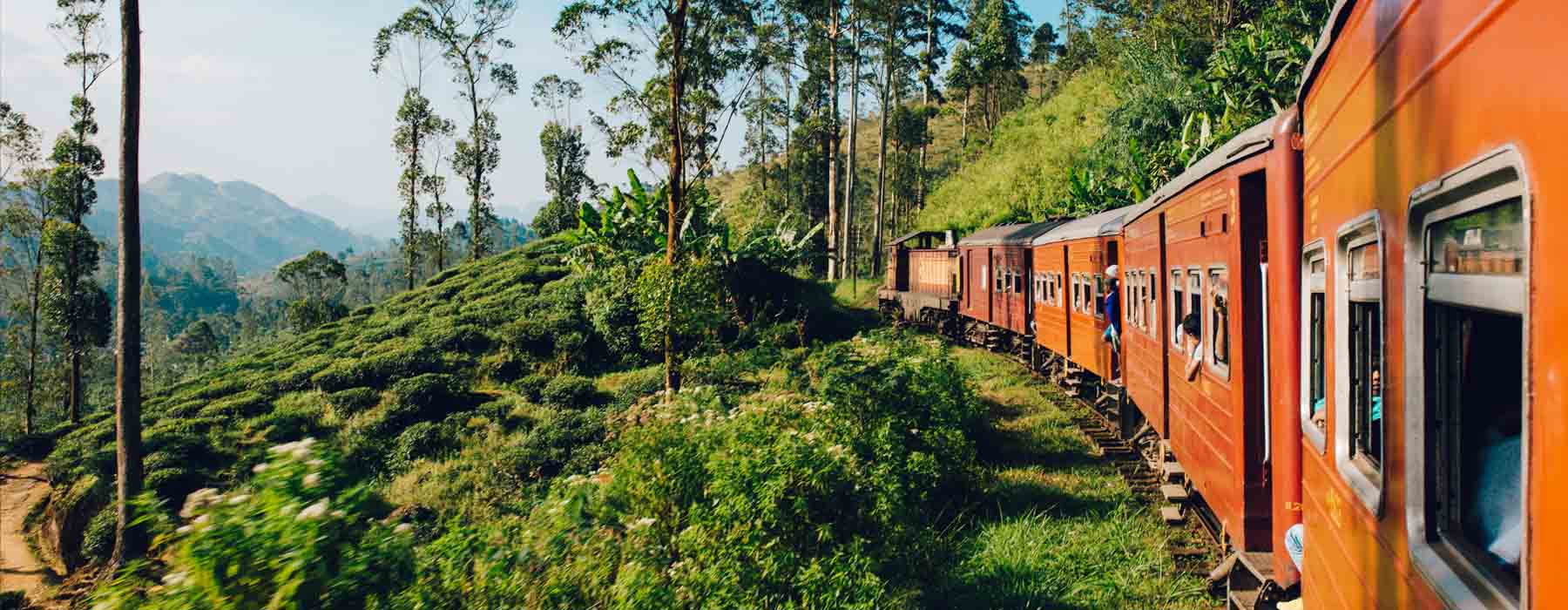
Sri Lanka Travel Advice & Information
The first point of call will likely be the extraordinary and UNESCO protected Sigiriya Rock Fortress. Two huge stone-carved lion's feet at its base are all that remain of a vast lion carving that once stretched up the entire cliff face to scare visitors heading to reach the palace on the top. Experience some trepidation for yourself as you test your head for heights and climb the 1,200 steps to the top, admiring the stunning views and impressive frescoes as you go. When you do reach the top, stop to celebrate your achievements and take in the surrounding jungle which stretches as far as the eye can see.
While in the area, also visit the nearby cave temple of Dambulla. This unique temple complex is actually built into the rockface and houses ancient frescoes and a huge reclining figure of the Buddha, also carved out of the rock.
The other two triangle tips are Polonnaruwa and Anuradhapura. Anuradhapura was once the greatest monastic city of the ancient world. The scale of the site means there is plenty to explore and lots of space to escape the crowds with our expert guides. Comparatively, the ancient capital of Polonnaruwa is compact, but houses wonderful examples of Sinhalese artistry, particularly in the large Buddha effigy carved into a boulder outside the Gal Vihara monument.
Though not technically considered part of the cultural triangle, wildlife enthusiasts should aim to also include a visit to Minneriya National Park. Home to thriving herds of wild elephants, monkeys, birds, crocodiles, and (if you're very lucky) leopards and sloth bears, this is a wildlife lovers paradise - particularly during the summer months, when large numbers of elephant congregate around water sources in the park. We can arrange morning or afternoon safaris which will offer the opportunity to spot these magnificent wild animals in their natural habitat while also contributing crucial funding to the conservation work carried out in the park.

Our team of destination experts will get to know you and your unique requirements for your holiday

We work with you to build an ultra-personalised holiday itinerary with your choice of accommodation, experiences and activities

All of our holidays include little extras designed to make a big difference to your trip, from fast-tracking you through airport check-in and security to our network of local Concierges